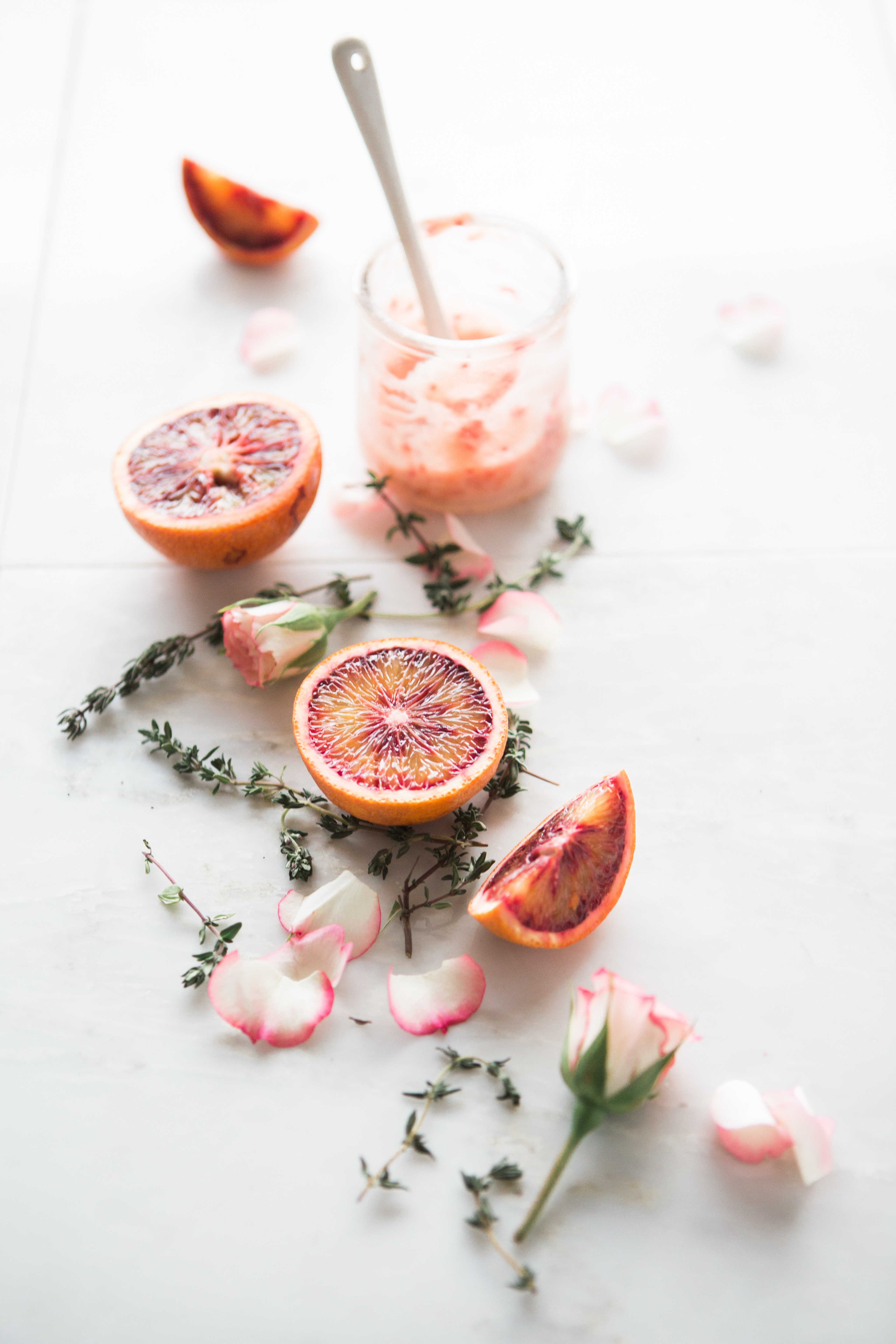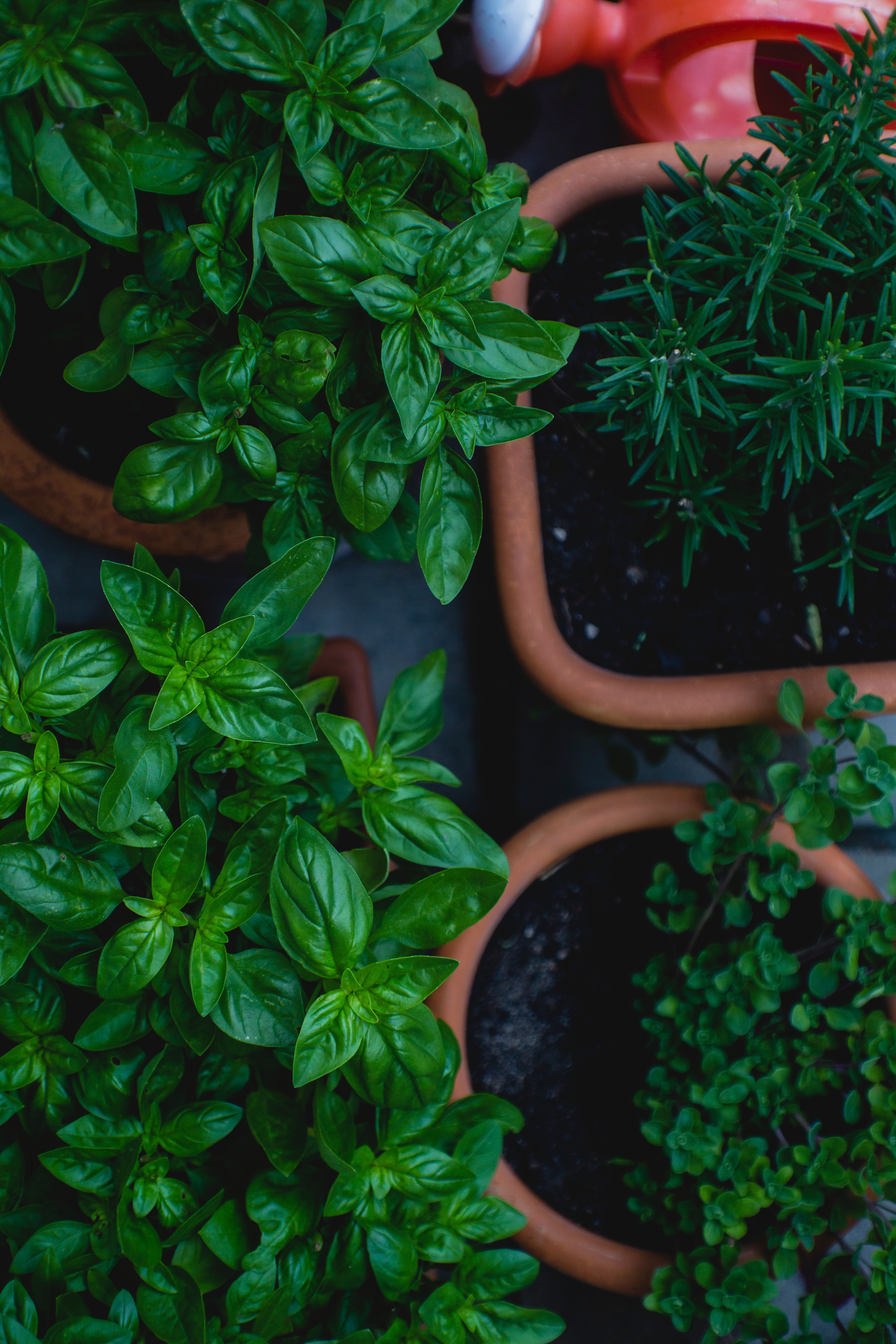Fruit and Herb Pairings – A Dynamic Duo

There’s something about fresh fruit and herbs that always get me excited. It’s amazing how farm fresh foods are able to make its way to our dining table from our community vendors and markets. The trendy and extremely healthy “organic” lifestyle is truly becoming more popular.
The mere fact that I was fortunate to grow up on a tropical island allows me to embrace these food factors on a even greater scale. As a child, my father opened my eyes to the farming world. We were always able to whip up fresh lemonade and incorporate garden herbs in traditional family recipes.
Discover the most versatile fruit and herb selections; they are absolutely delicious and the best out-of-the-ordinary food pairings I know. Get ready to bring your food pairing dynamics to newer horizons!
Farm to Table Tips

Purchasing and Storing Fruit
When purchasing fruit, select those that are not bruised or damaged. When selecting fresh-cut produce – such as a half a watermelon or pineapple chunks – choose items that are refrigerated or on ice. ALWAYS bag fresh fruits separately from meat, poultry and seafood products to prevent cross-contamination. Insulated shopping bags are great for maintaining cooler temperatures for fruit especially during summer. Note that bargains are not always of high quality and may have reduced shelf life.
- All produce should be thoroughly washed before eating under cool running water. Cut away any damaged or bruised areas on fresh fruits. Produce that looks rotten should be discarded.
- Scrub firm produce, such as melons with a clean produce brush to remove unwanted debris and top soil.
- Store perishable fresh fruits (like berries, grapes, and plums) in a clean refrigerator at a temperature of 40° F or below. However, there are some exceptions particularly for fruit from the tropics, such as pineapple and bananas. These are chill sensitive and should not be stored in the refrigerator.
- Keep fruit in perforated plastic bags in the refrigerator to reduce sweating.
- When storing large amounts of fruit, remove overripe and bruised/moldy fruit regularly as these will trigger ripening and subsequent aging in the remaining fruit.
Preparing Herbs
- To wash herbs, rinse vigorously whilst holding the stems until it’s free of debris and dirt under cool running water. Blot dry using either paper towels or a clean dish cloth; using a salad spinner is also optional. Herbs are best cut hen dried properly.
- Always use a sharp knife or scissors to cut herbs. This will help avoid bruising. You also can tear leafy herbs to release more flavor during cooking.
- Store herbs in the crisper section of the refrigerator, wrapped in a paper towel and tucked inside an airtight container.
- Leftover herbs such as basil, arugula, Thai basil and mint make great pesto. Freeze pesto in ice cube trays, then transfer to an airtight container.
- Make your own herb-infused butter: Blend 1/2 cup unsalted, softened butter or margarine with 1 tablespoon finely chopped fresh herbs of your choice. Roll butter into a log and freeze in waxed paper.
10 Fruits you thought were Vegetables
- Tomatoes
- Olives
- Avocado
- Eggplant
- Bell Peppers
- Pumpkin
- Okra
- Green Peas
- Cucumbers
- Zucchini
Botanically, tomatoes are fruit from a vine; so are cucumbers (gourds), squashes, beans, and peas (developed from the pod which is the actual fruit in this case). Pumpkins are categorized as gourds and are technically fruits, not vegetables. Olives are also considered as a type of stone fruit like dates, peaches, and mangoes.
Fruit and Herb Pairings
There’s really no wrong or right way—it’s like wine pairing—but if you’re testing the waters, this guide will help you get started.
- Mint: pair with melons e.g. watermelon | citrus i.e. lemons, limes, grapefruits, oranges, mandarins etc.| pears| kiwi| pineapple| passion fruit|stone fruits | berries e.g. blackberries
- Basil: pair with peaches | apricots |plums | figs |blueberries | strawberries | okra | peas and beans | olives
- Cilantro: pair with mangoes e.g. salsas | limes | honeydew | cantaloupe | tomatoes | avocados
- Parsley: pair with citrus | peas and beans
- Tarragon: pair with citrus i.e lemon e.g. in béarnaise sauce
- Oregano: pair with olives | citrus e.g. salad dressings and marinades
- Thyme: pair with cherries | citrus| peaches | figs | honeydew
- Rosemary: pair with strawberries | cranberries | apples | citrus i.e. oranges | olives| eggplant
- Lemongrass: pair with pineapple | lychee e.g. drinks + cocktails| mango e.g. salads
- Curry Leaves: pair with tamarind e.g. in chutneys | guords i.e. zucchini | eggplant
By the way, it has become increasingly popular to use fruit and herbs in infused waters when dieting. They are a great way to extract the nutrients from plant substances without adding extra sugar or calories.
Please leave a comment, like, and share this article below! Sign up for my monthly newsletter, and never miss an update. Subscribe today!